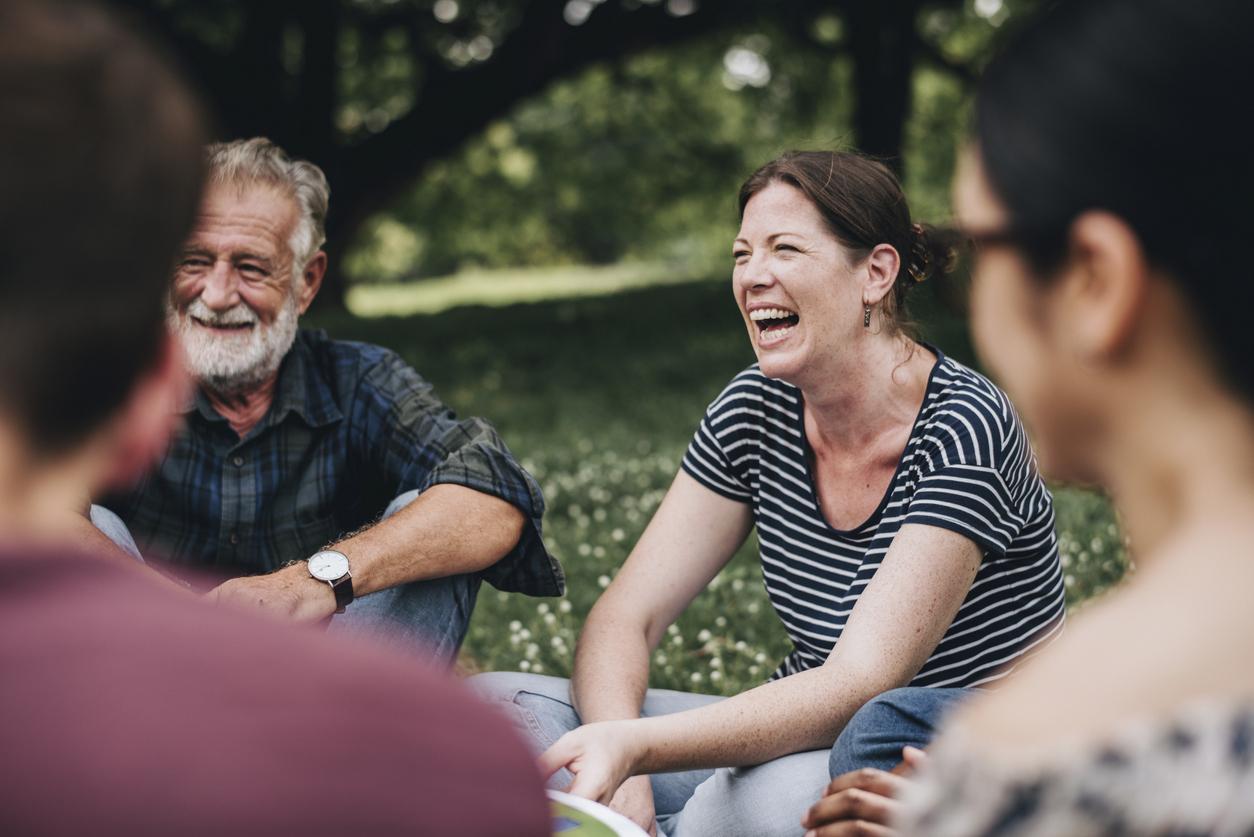
Healthy Conversation with Professor Raymond Ostelo
Ouch! It suddenly hits, or it’s been nagging for ages: back pain. More than 2 million Dutch people visit their doctor every year because of back pain, or regularly take painkillers to suppress the pain. It is a complaint that causes a lot of absenteeism and suffering. But it is also an ailment about which we still know very little, says Prof. Raymond Ostelo, professor of Evidence Based Physiotherapy at the VU University in Amsterdam.
The riddle back pain
Back pain is a complaint for which many people go to a doctor or physiotherapist. What they then want is an explanation for the pain they feel. “But we can’t give that explanation,” says Raymond Ostelo, who does a lot of research into back pain. “We usually do not know what causes back pain, or why many people have a lot of pain in the lower back. Views about the causes of back pain have changed over the years. First the focus was on the vertebrae, then on the intervertebral discs, then back on muscles, then back on stress… But the truth is that in the majority of cases we just don’t know. Very occasionally there are clearly identifiable causes for back pain. That could be a fall, a fracture, a tumor or a hernia. But in the vast majority of cases, the complaints are non-specific and that means that no cause can be identified. In non-specific back pain, there is probably a combination of factors, which causes the pain in a different way for each individual My fellow researchers and I are diligently looking for funding sources for research so that we can get started on solving the riddle of back pain.”
Always keep moving
According to current insights, there is no single adequate therapy that always helps with non-specific back pain. “There are two basic rules in the treatment of back pain,” says Ostelo. “The first rule is that you should keep moving as much as possible, even if it hurts. It can be quite scary to move if your back hurts, but really: nothing can break. Exercise has many advantages over rest or go to bed. You recover faster through exercise and you do not lose muscle mass or condition. The second rule is that you can use painkillers. With back pain that is or becomes chronic, one can benefit from exercise therapy. But which form of therapy works, that is also different for a lot of people.” It is also the case that back pain almost always decreases after a few days or weeks. So patience is also an important factor.
The best posture is the following posture
But what can you do to prevent back pain? Ostelo says that it is advisable to move a lot, and especially to vary a lot in postures. “The best pose is the next pose,” he says. And by that he means that you should alternate sitting with standing or walking as often as possible. And what about specially ergonomically designed office chairs? “They may be comfortable and well-fitting, but they do invite you to sit for a long time and the back is not happy with that.” Ostelo also warns against the “solutions” that are offered via the Internet: “If you google for back pain, you will find all kinds of products. From special mattresses and pillows to massagers, heat compresses and tape. It is not scientifically proven to be effective. I understand that you want to get rid of the back pain quickly, but really: exercise and patience are ultimately the only things that work. Don’t spend your money on it.”
You can listen to the podcast about back pain below.
















